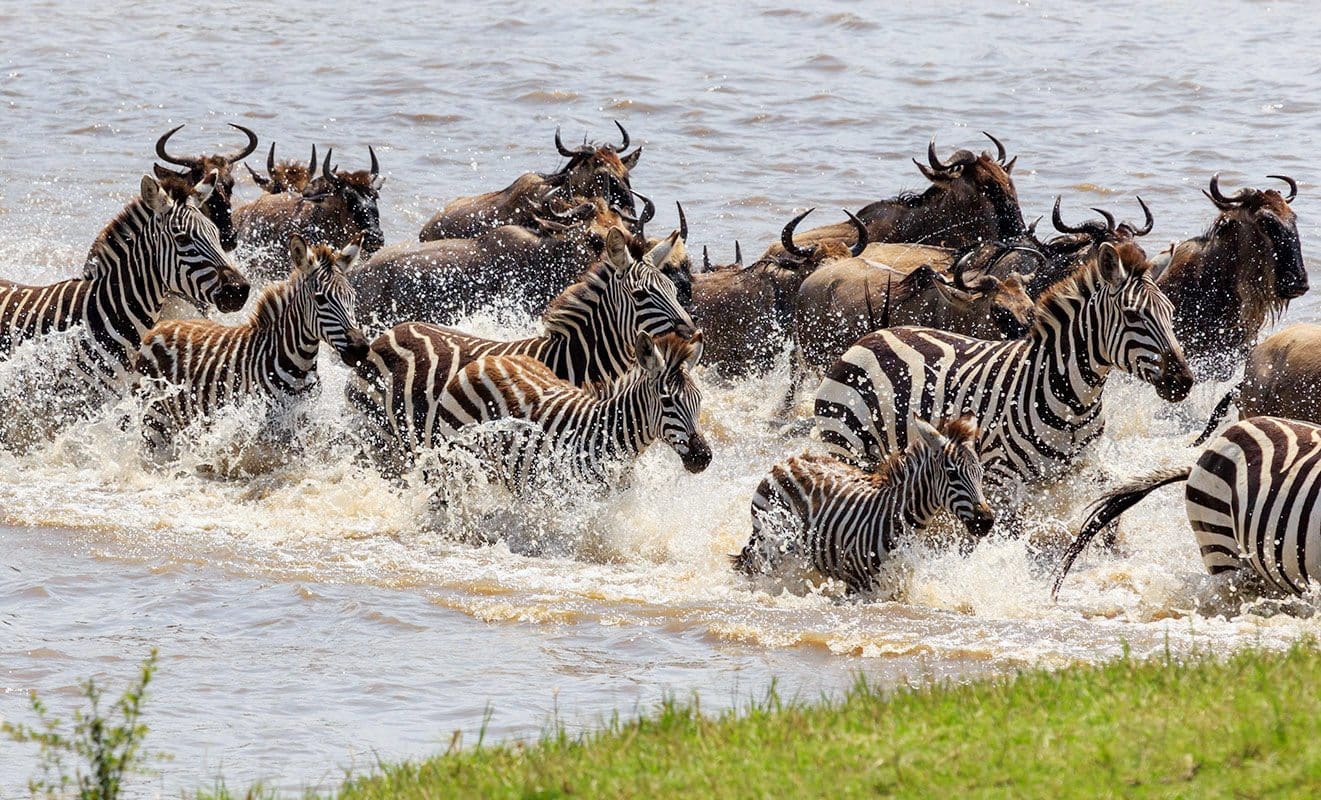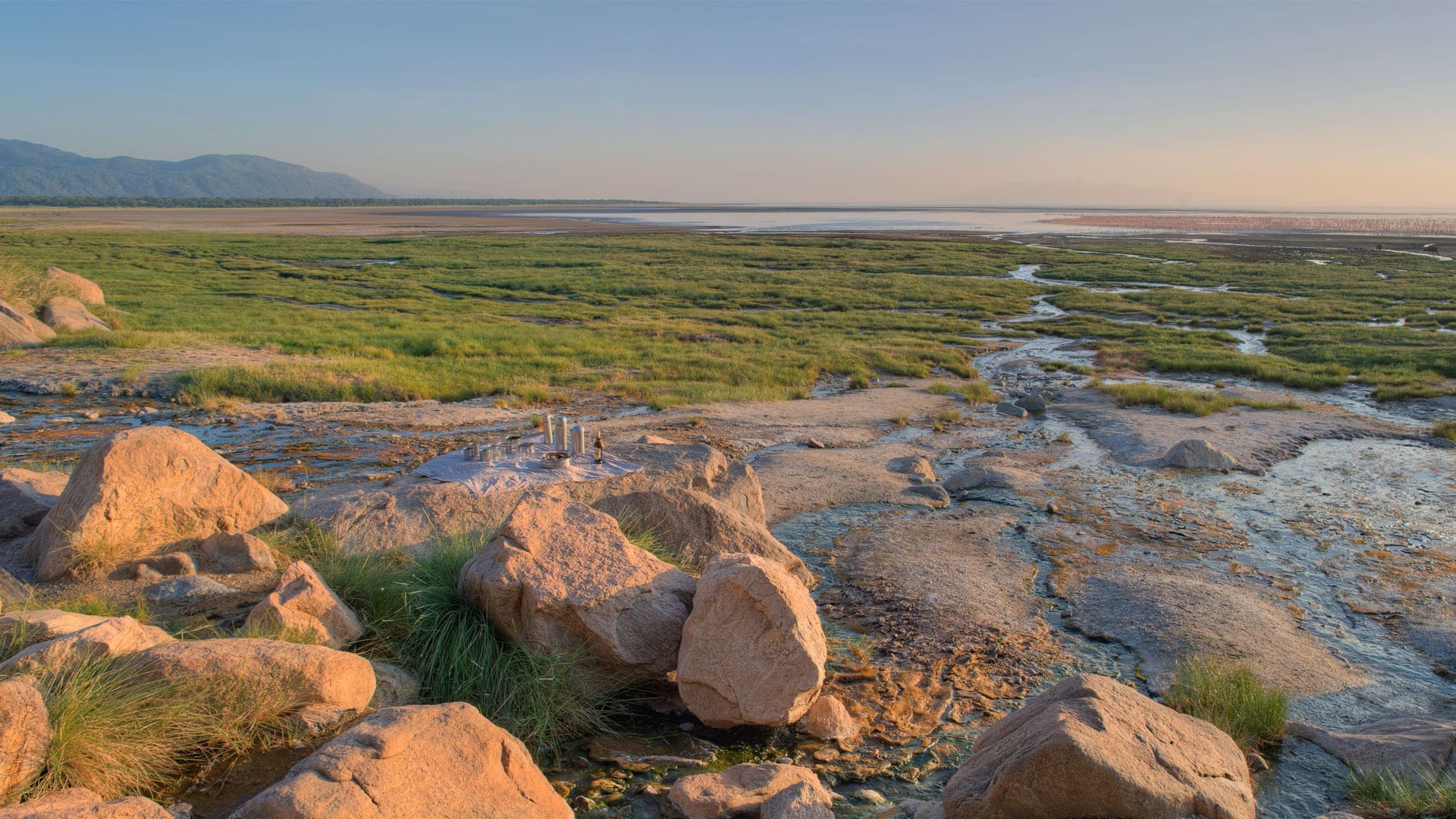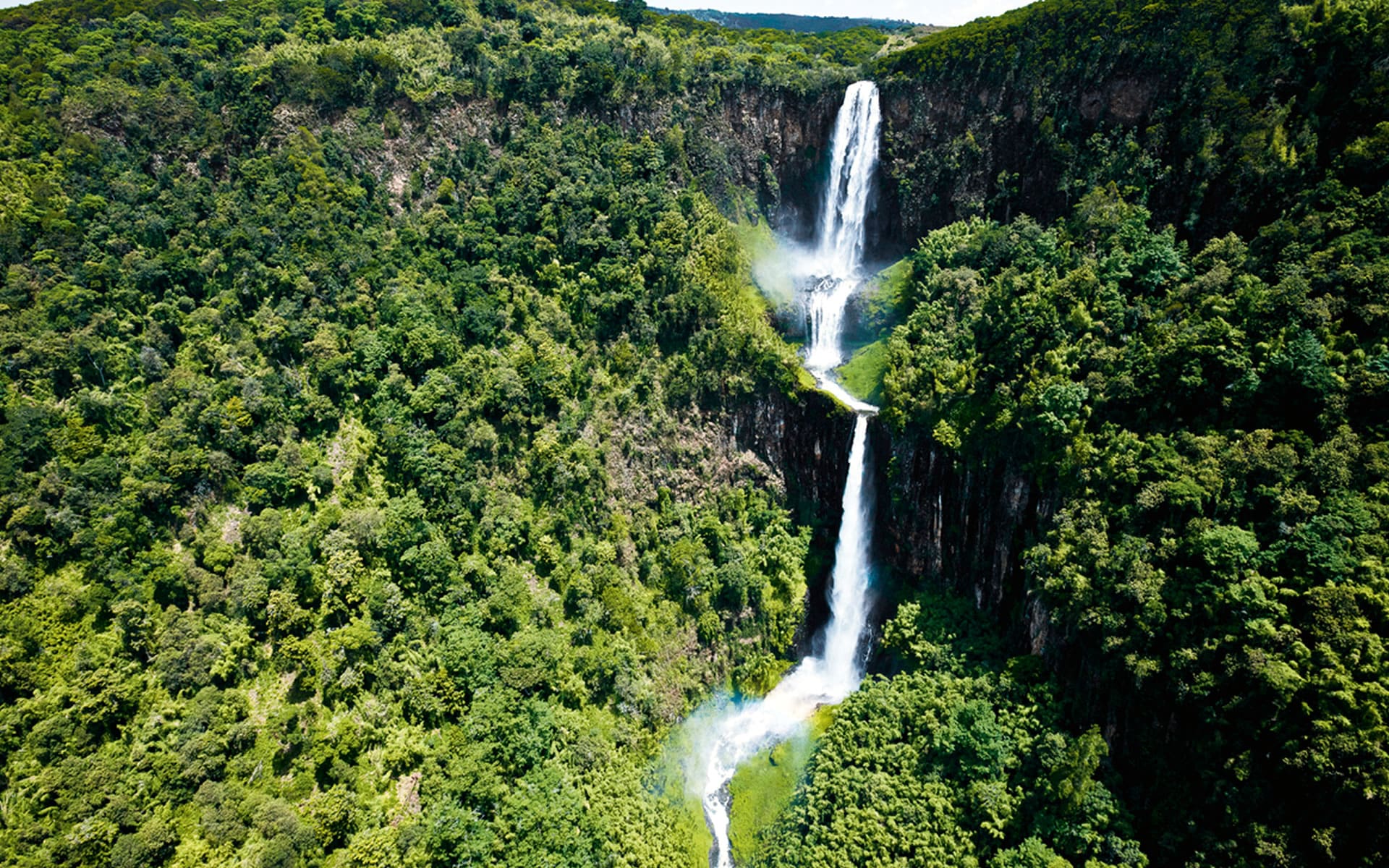Tarangire National Park is one of Tanzania’s most underrated wildlife destinations, covering approximately 2,850 square kilometers. The park is renowned for its large herds of elephants, some of the largest in Africa, and the seasonal Tarangire River, which attracts wildlife during the dry season. The landscape is dominated by towering baobab trees, open savannahs, and swampy wetlands that provide a sanctuary for a diverse range of species, including lions, leopards, cheetahs, giraffes, zebras, and wildebeests.
One of Tarangire’s most distinctive features is its migration phenomenon during the dry season, thousands of zebras, wildebeests, and antelopes move into the park in search of water. The park is also a bird lover’s paradise, with over 500 species recorded, including the endangered yellow-collared lovebird and the striking Kori bustard.


